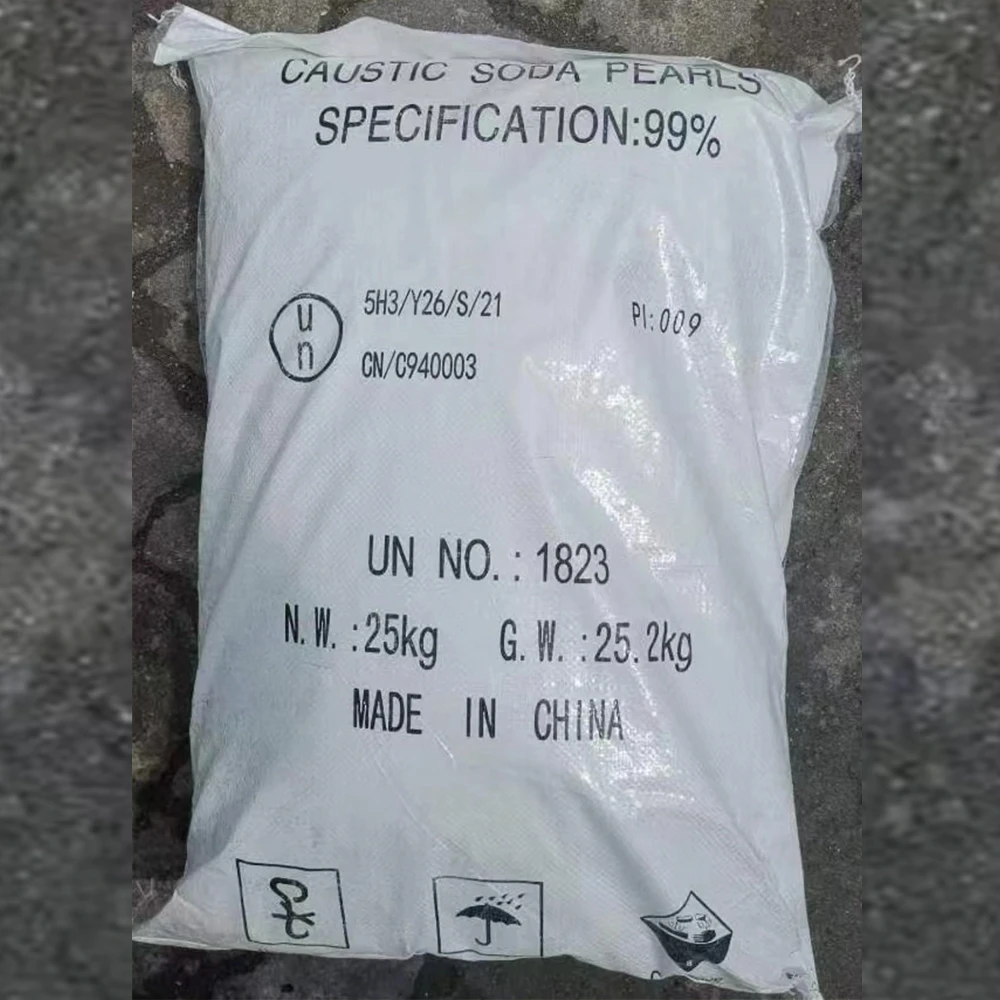



Sodium Hydroxide Application in Water Treatment Processes and Its Benefits
The Role of Sodium Hydroxide in Water Treatment
Water treatment is essential for providing clean and safe drinking water to communities around the world. Various chemicals are employed in the water treatment process to remove impurities and maintain water quality. One such chemical is sodium hydroxide (NaOH), commonly known as lye or caustic soda. Sodium hydroxide plays a crucial role in several stages of water treatment, aiding in pH adjustment, coagulation, and disinfection.
Understanding Sodium Hydroxide
Sodium hydroxide is a highly soluble alkaline compound that, when dissolved in water, dissociates into sodium and hydroxide ions. This property makes it a powerful agent for influencing the pH level of water. Its strong alkaline nature is beneficial in various industrial processes, including water treatment, where maintaining the appropriate pH is vital for the removal of contaminants.
pH Adjustment
One of the primary uses of sodium hydroxide in water treatment is for pH adjustment. Many water sources, particularly those impacted by industrial activities or agricultural runoff, can exhibit acidic conditions. Acidic water can lead to corrosion of pipes and fixtures, leaching harmful metals such as lead and copper into drinking water. By adding sodium hydroxide, the pH of the water can be raised to a neutral level, promoting safer drinking water and protecting infrastructure.
The optimal pH for drinking water is generally between 6.5 and 8.5. Sodium hydroxide provides an effective means to achieve this balance. The use of pH adjustment not only protects against corrosion but also enhances the functionality of coagulants used later in the water treatment process.
Coagulation and Flocculation
sodium hydroxide used in water treatment

After pH adjustment, the next critical step in water treatment often involves coagulation and flocculation. Coagulation is the process where small particles in the water cluster together to form larger aggregates, or flocs, which can then be more easily removed. While aluminum sulfate (alum) is a commonly used coagulant, sodium hydroxide is often used in conjunction with it.
The combination of sodium hydroxide and alum can significantly increase the efficiency of the coagulation process, leading to the removal of suspended solids, turbidity, and even pathogens. The hydroxide ions provided by sodium hydroxide help facilitate the reaction between alum and the impurities in the water, resulting in larger floc formations that can be settled or filtered out.
Disinfection
Although sodium hydroxide is not a disinfectant itself, it indirectly contributes to the disinfection process. A neutral to slightly alkaline pH is crucial for the effective functioning of disinfectants such as chlorine. If the pH is too low, chlorine's effectiveness decreases, and harmful by-products can form. Thus, by helping maintain an optimal pH level, sodium hydroxide indirectly enhances the disinfection capabilities of chlorine, ensuring that harmful microorganisms are effectively eliminated.
Environmental Considerations
While sodium hydroxide is a highly effective tool in water treatment, it is essential to consider its environmental impact. The chemical must be handled with care, as it is corrosive and can pose risks to both human health and the environment if mishandled. Proper dosing and monitoring are crucial to ensure that the pH adjustments do not result in overly alkaline water, which can also have detrimental effects on aquatic ecosystems.
Conclusion
In summary, sodium hydroxide is a vital component of the water treatment process, primarily due to its ability to adjust pH, enhance coagulation, and improve disinfection efficacy. As water quality continues to be a pressing issue globally, the role of effective chemicals like sodium hydroxide cannot be understated. By facilitating the removal of contaminants and promoting safer drinking water, sodium hydroxide contributes significantly to public health and environmental sustainability. Moving forward, responsible management, dosage, and monitoring will be essential to maximizing its benefits while minimizing potential risks.
-
Why Sodium Persulfate Is Everywhere NowNewsJul.07,2025
-
Why Polyacrylamide Is in High DemandNewsJul.07,2025
-
Understanding Paint Chemicals and Their ApplicationsNewsJul.07,2025
-
Smart Use Of Mining ChemicalsNewsJul.07,2025
-
Practical Uses of Potassium MonopersulfateNewsJul.07,2025
-
Agrochemicals In Real FarmingNewsJul.07,2025
-
Sodium Chlorite Hot UsesNewsJul.01,2025










